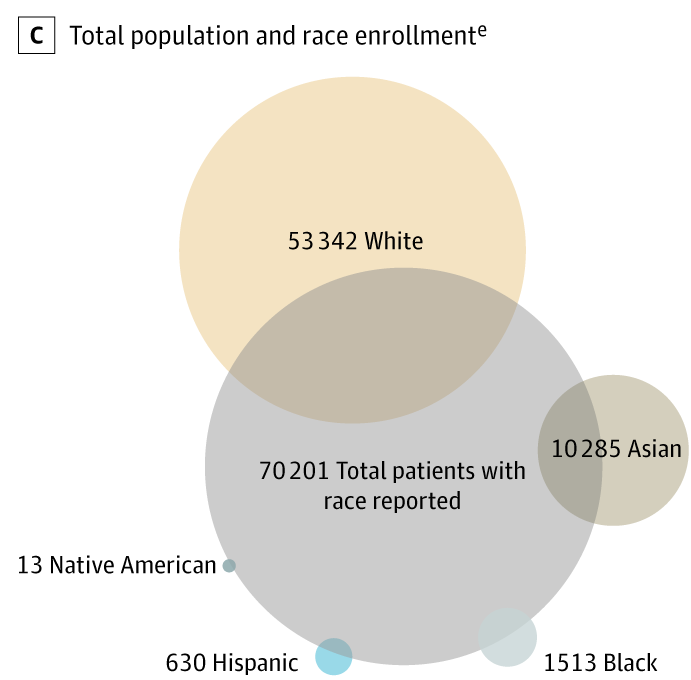What happens when a visual artist goes to work at a cancer nanomedicine laboratory?
As an article in artnet News and MSK’s On Cancer blog reports, it can lead to a new medium. Working together, artist Joseph Cohen and MSK chemist Dr. Daniel Heller developed a paint containing carbon nanotubes, a material used by the lab in diagnostic tests. They are invisible to the human eye but light up when viewed with an infrared camera.

